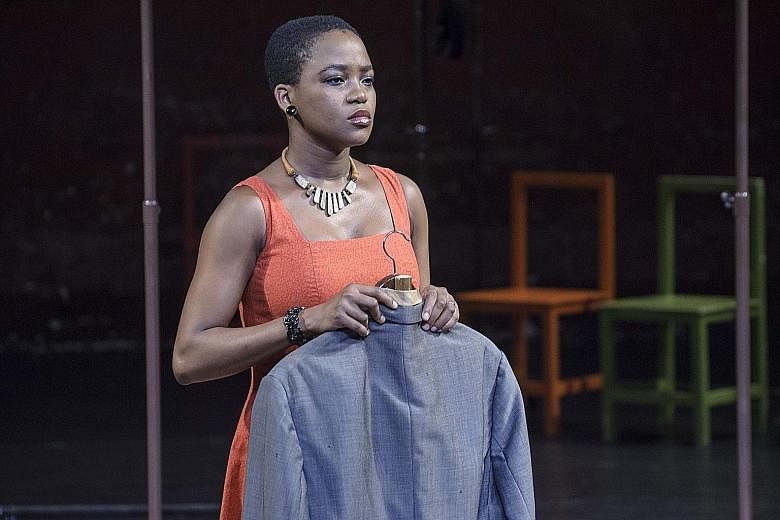From showy epics to starkly minimalist stagings, Peter Brook both evolves and remains true to the principles stated in his 1968 book, The Empty Space. Chief among this is the idea that all we need for "an act of theatre to be engaged" is a man walking across an empty space, and many of his productions, including Battlefield, begin exactly this way.
These are some highlights from his career of seven decades.
Theatre Of Cruelty (1964)
Brook directed the Royal Shakespeare Company in an experimental season where actors focused on communication with the audience and used, for example, physical gestures to replace spoken text and call forth visceral responses. The title comes from ideas first expressed by 19th-century French director Antonin Artaud.
A Midsummer Night's Dream (1970)
Brook has changed popular perceptions of Shakespearean plays starting with a 1960s staging of King Lear which made the old king a crotchety, unlikeable protagonist rather than a tragic hero.
A Midsummer Night's Dream had been mostly treated as a children's story until Brook brought out its playful adult exuberance and sexual undercurrents. Fairies swung on trapezes and used other circus-ring props in a minimalist staging that also had actors take on more than one role.
The Mahabharata (1985)
This nine-hour rendering of the epic Indian poem about a dynastic struggle for power between two royal families, the Pandavas and the Kauravas, was presented after a decade of research and travel and remains Brook's best-known work.
Written in French, it was first performed in a quarry at the Avignon Festival in France in 1985, then translated into English and toured for four years. Fire shot across the stage, actors wore Indian costume, but the cast was international, in keeping with Brook's view that the poem belongs to the world. He also adapted it into a six-hour version for screen in 1989.
The Man Who (1995)
After the epic saga of The Mahabharata, Brook explored the labyrinth of the human mind, taking about a half-dozen years to dramatise the medical case studies in Oliver Sacks' influential 1985 book about misfiring brains, The Man Who Mistook His Wife For A Hat.
Performed in French in 1993 and in English in New York via the Brooklyn Academy of Music two years later, the play had a cast of four on a bare stage switching between doctors and their patients who must, for example, relearn every day the basics of movement.
Eleven And Twelve (2010)
Staged at the Singapore Arts Festival the same year it premiered in London, Eleven And Twelve comes from Brook's continued interest in the life of Tierno Bokar, a Muslim spiritual leader from Mali. Two camps of believers argue over how many times a prayer should be said and the resolution is a piercing illustration of religious tolerance.
The Suit (1999, 2013)
First staged in 1999 as Le Costume and presented here in 2013 by the Esplanade and Singapore Repertory Theatre, The Suit is another minimalist and haunting play. A man discovers his wife's infidelity and forces her to treat her lover's suit as a guest. The cruel tension in their relationship is a metaphor for life under apartheid.

